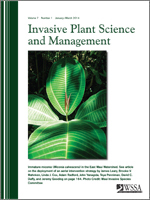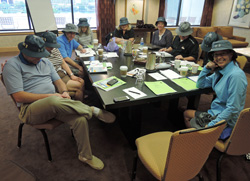 Spring is in the air, and planting is either started or getting ready to get started across the country. The Propane Education & Research Council (PERC) is urging farmers who use their fuel to make sure spring preparation includes prepping that propane-fueled equipment.
Spring is in the air, and planting is either started or getting ready to get started across the country. The Propane Education & Research Council (PERC) is urging farmers who use their fuel to make sure spring preparation includes prepping that propane-fueled equipment.
Irrigation Engines
After a long winter, rodents, debris, and exposure to the elements are the most common source of engine issues, said Pete Stout, product manager for Origin Engines. Stout encourages farmers to refer to their product manuals for maintenance needs specific to their engine models, and offers these tips for preparing irrigation engines for spring planting:
* Disconnect the engine battery and check battery voltage.
* Clear away any dirt and debris that have collected on and around the engine. Pay special attention to clutch bellhousings, radiator shrouds, and wire harnesses.
* Inspect wire harnesses for cracked or exposed wires and make repairs if necessary.
* Check front drive belts for proper tension and wear.
“I also urge farmers to place engines inside of structures, such as a simple carport style shelter, for the summer growing season,” Stout said. “UV sunlight and general exposure to extreme weather can be tough on engine power units.”
PERC goes on to suggest that before that spring storm rolls through and knocks out power, propane generators are checked and cleaned. Pickup trucks running on the clean fuel also need to be properly maintained to get the most out of the efficiency propane autogas can bring. The same goes for forklifts and other propane-powered equipment.
In addition, you can check out PERC’s Propane Farm Incentive Program, which could make up to $5,000 available to farmers who switch to propane. More information is available here.
 One of the beginning events at an Agri-Marketing Conference is a get together dinner for NAMA Presidents, past and present as well as the executive committee. This was done last night at 13 Gypsies. Our group was more than thirteen but we bonded with the gypsies at the restaurant.
One of the beginning events at an Agri-Marketing Conference is a get together dinner for NAMA Presidents, past and present as well as the executive committee. This was done last night at 13 Gypsies. Our group was more than thirteen but we bonded with the gypsies at the restaurant.










